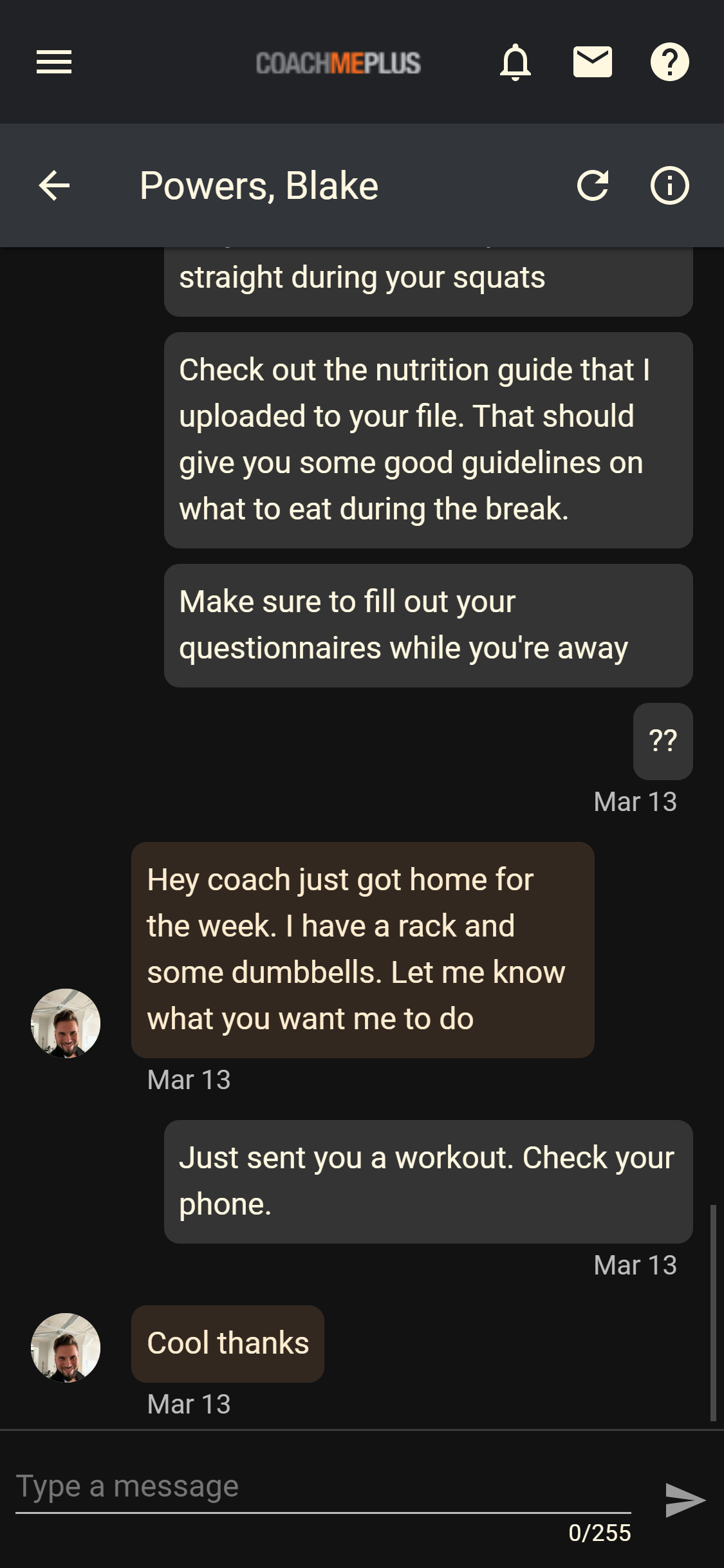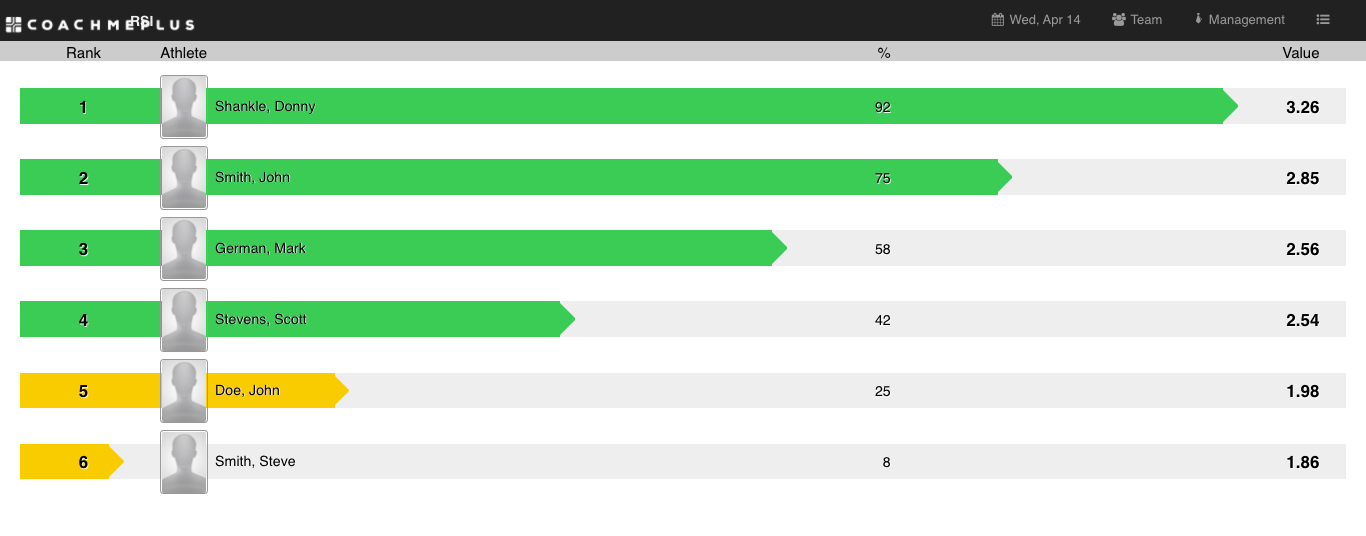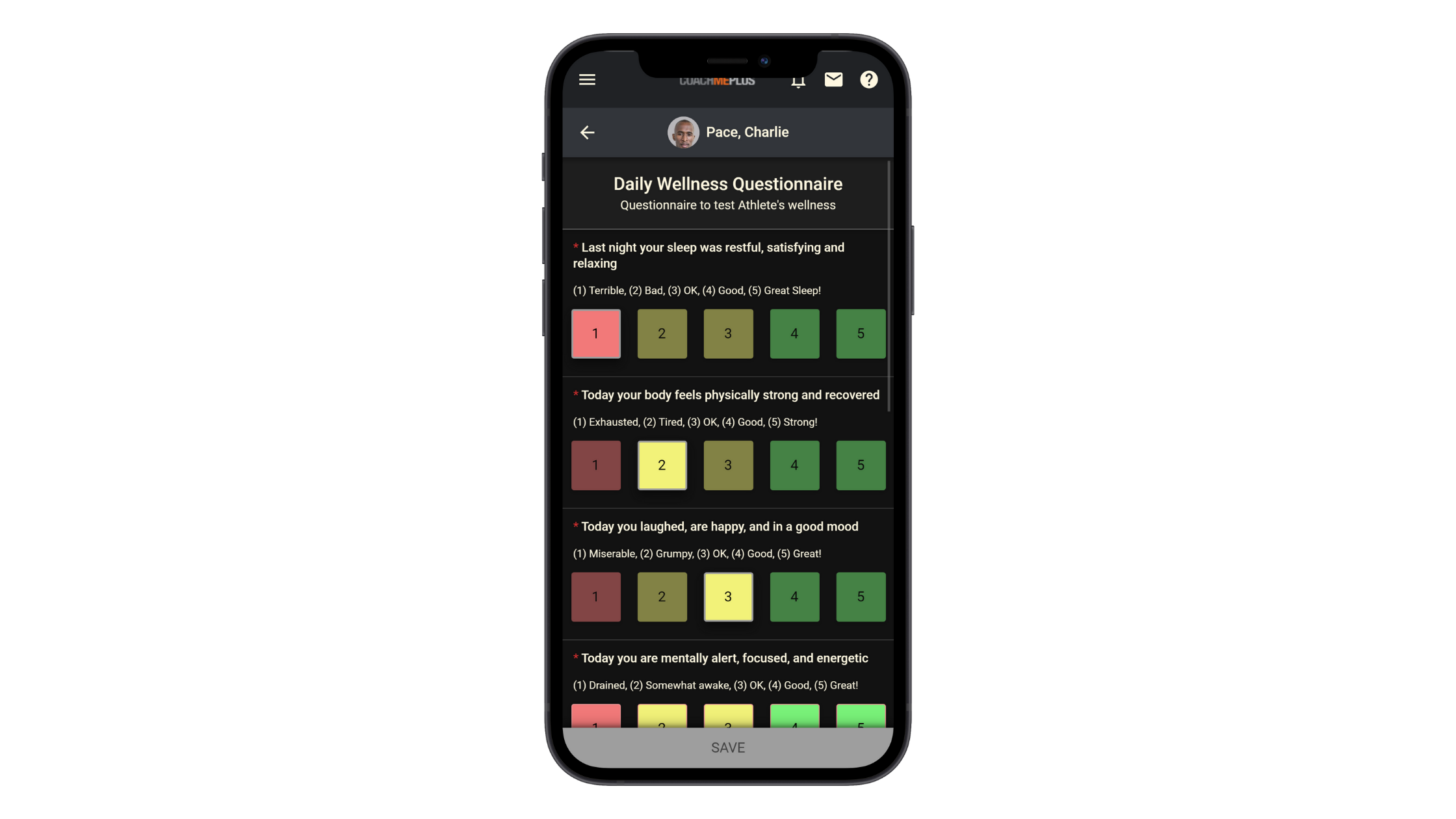
Teamwork is an essential part of successful organizations, and effective groups collaborate better with a combination of the right tools and the best training. In this Academy Guide, we review general principles of collaboration for teams and private facilities, while previewing instrumental tools such as schedulers and questionnaires. Also featured in this article are workplace initiatives that are current and effective with groups of all sizes.
The goal of this guide is to properly merge the functions of scheduling software and athlete questionnaires. When the support staff is efficient and engaged in a successful process, athletes benefit by receiving better care and more precise training. Here are six steps to improving teamwork and collaboration in a sport or fitness environment, in order of priority.
Step 1: Improve Communication as a Best Practice
An obvious, but poorly executed, part of teamwork is communication. When communication breaks down, so does the trust and health of the workplace. The most common error with communication is a lack of transparency, where groups or individuals feel excluded and kept in the dark when it comes to decisions. Satisfaction occurs when a fair decision-making process is clear and open, even if the final verdict is disappointing. The best way to improve transparency is by increasing the accessibility of the information pertinent to the situation. When athlete support staff or fitness professionals are able to access the right information, such as wellness data or past training logs, cohesion improves.
In addition to improving communication, it’s important to record and document all group or individual discussions for reference. Simple communication bottlenecks often occur from incongruent recollections of what was agreed on or what was discussed, so notes and summaries are vital for reducing internal conflicts and confusion later.

In sport and fitness, those with the most knowledge of a specialty are not always the final decision-makers. Sometimes, it’s the client or athlete who ultimately decides what they do, while other times it’s management and head coaches who make the final decision. Therefore, it’s important to learn from decision-makers how they make their minds up on relevant issues so that expertise can be properly utilized. Communication needs common language modifications and education on medical and performance concerns to be effective.
Step 2: Establish a Hierarchy and Internal Accountability
The difficulty with teamwork is creating a leadership or hierarchy within the group. When groups are given level power on decision-making, a struggle can occur to render a decision without excessive compromise. Therefore, proper management requires a clear hierarchy of who reports to who. While, technically, everyone is working together, roles must have levels of responsibility in order to prevent a slowdown in support and change. Large organizations can work quickly and be “agile” when they are able to make decisions fast because a process is in place. Dashboards can accelerate collaboration, and most of the bottlenecks in speed come from collecting data or navigating through red tape.
Without separate accountability, teams are susceptible to division and working in silos. Accountability is important to ensure that a team isn’t hindered by one person, and it also helps motivate those who can see the results of their hard work. The philosophy of praising in public and reprimanding in private is a classic example of people management. In order to keep a workplace and support staff positive, constructive criticism should be an open process where past performance and decision-making are guided by the right documentation. Overall, no company or team organizational structure is perfect. It’s inevitable that internal conflicts will arise, decisions will be wrong, and accountability will not be enforced.

Step 3: Schedule and Plan Seasons and Training Periods
Group planning encourages teamwork, as everyone is usually given the same opportunities to voice their needs and concerns before a season begins. When all available resources are distributed openly, the outcome usually reduces friction or a toxic workplace later. Besides a disagreement due to differences in philosophy or expertise, a common problem with scheduling is workload. The quantity and quality of responsibility is often a problem with teams when workload is assigned in one direction.
Adjustments are to be expected with even the most thorough and best laid plans. The coexistence of monitoring and planning helps shape the next planning phase, and wellness questionnaires are excellent ways to see if plans are on the right track even when the results don’t appear to be working. A common error is to lose patience with a plan and make adjustments prematurely. The use of additional references and information ensures that a quality plan is followed, and wellness questionnaires enhance plans so they are refined with the right supporting data.

Post reviews of plans are an honest reflection on what was agreed on, what was followed, and what worked. What failed to work or what happened that was unexpected are both learning opportunities, but when winning matters, the process usually isn’t repeated unless confidence in the process is reinforced with small successes or improvement. Each season or time period that is reviewed is a perfect starting point for the next planning phase, as it allows those in leadership positions to know what possible problems and challenges can arise.
Step 4: Solicit Athlete and Client Feedback
Training is a repeated process that requires feedback directly from the athlete or client. Typically, verbal exchanges are used as the primary form of collecting information, but implementing communication and subjective questionnaires before the athlete or client comes in is far superior. Coaching is a time when additional questions can be asked, and adjustments can be made if necessary. Athletes who communicate their needs or responses to training are often more engaged when a coach or trainer asks. Even if changes or adjustments to the training are not made, those who give information are likely to be more confident that the plan was well-designed due to the feedback given.
Another opportunity for feedback and monitoring occurs separate from the training session. Much of the recovery enablers are sleep and nutrition, and those influencers are mainly found outside of the training complex or gym. Technology adds another layer of information that is certainly important, but without communication directly from the athlete or client, it usually is an incomplete picture. Having a wellness questionnaire and additional logging areas where a client can openly communicate their thoughts fosters a healthy communication path, and ensures that the subjective feedback has enough context to make sound conclusions.

Step 5: Create Roles and Specialized Knowledge Management
An ideal sport and fitness organization has enough overlap in team member expertise to communicate with one another, but also sufficient differences in expertise to encompass a wide range of skills. A multidisciplinary team will likely have some members who may not respect or accept different perspectives; this is a common challenge nearly every team will face. Roles are not just expertise domains—at times they are also connected to hierarchies and have contradictory goals. For example, a medical opinion can conflict with a performance need. Conversely, a performance goal may put athletes at an increased health risk down the road, such as playing injured or training through an injury. Therefore, a strong philosophy and ethical approach must be created in advance to reduce role conflict.
Maximizing expertise requires a combination of trust and access to internal and external specialists. A common issue with Athlete Management Systems is that they are completely internal, creating barriers and severing communication. Balancing width and depth of knowledge is essential, especially with smaller organizations or teams. Sometimes small clubs expect a sports medicine professional to handle training and nutrition, while larger organizations often just add depth instead of a well-rounded group of experts.
Step 6: Support the Work Environment, Culture, and Evaluations
The overall work environment and culture can range from highly unified to potentially toxic. Usually the core issues in an unhealthy work environment are workload, poor morale, and uninspired work. Solutions to common work impairments are allowances for creativity and goal setting. Inspired work usually means challenges that are rewarding, and while compensation and achievement are important, successful teams work well when members find what they do rewarding and they are recognized for it.
Culture is a big buzzword today, as a change or improvement to culture is often expected when leadership changes. Often past success is expected to be injected instantly into poorly performing workplaces, colleges, or teams when a leadership role is filled. Some organizations invest in culture development initiatives, such as outside experts, hoping to improve team function and success with outside training.
When domain expertise is not respected and decisions are made beyond one’s skill set, conflict grows beyond internal friction. This can ruin team unity and communication. A common complaint with teams occurs when an outside professional who is not a specialist in the area makes a decision that is not in the domain of their expertise. Therefore, it is necessary to clearly identify roles and boundaries to establish effectiveness in group settings.
Additional Recommendations with Teamwork
Putting everything together to create an effective and efficient team isn’t easy, and it will take iterations over time to maximize a talented staff. It is recommended that those supporting athletes and clients balance soft skills with education and enhanced expertise. Team-building exercises and other admirable attempts to foster cohesion in groups usually backfire, as outside observers are sometimes not appropriate. On the other hand, it may prove beneficial to bring in an auditing expert at times to remove bias and provide a fresh perspective on the health of the group’s dynamics. Finally, it does make sense to celebrate when possible, such as rewarding and recognizing when success, no matter how small, is achieved.
Try CoachMePlus Free for 14 Days Today
CoachMePlus is a comprehensive solution for any training environment, ranging from scholastic level to pros, and including both military and private facilities.

Recent Comments